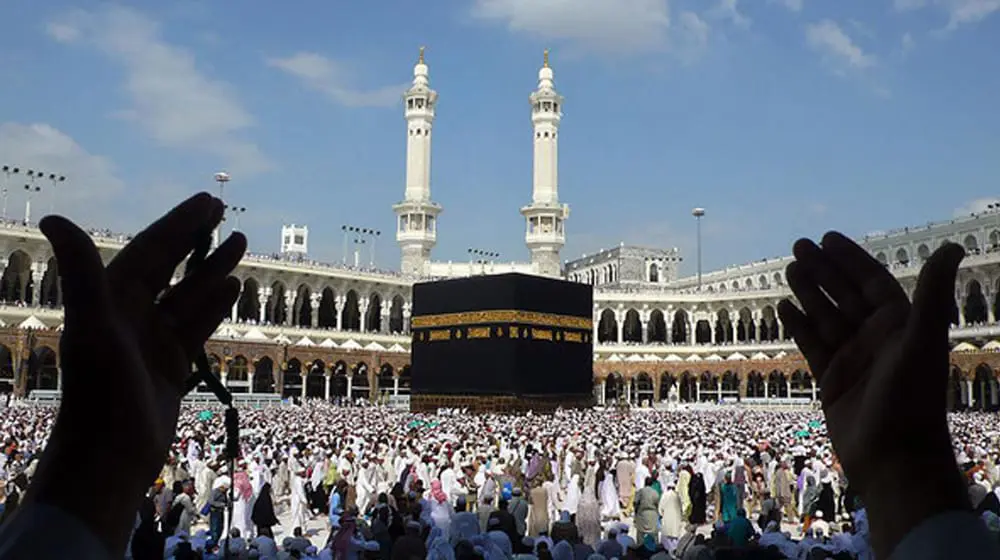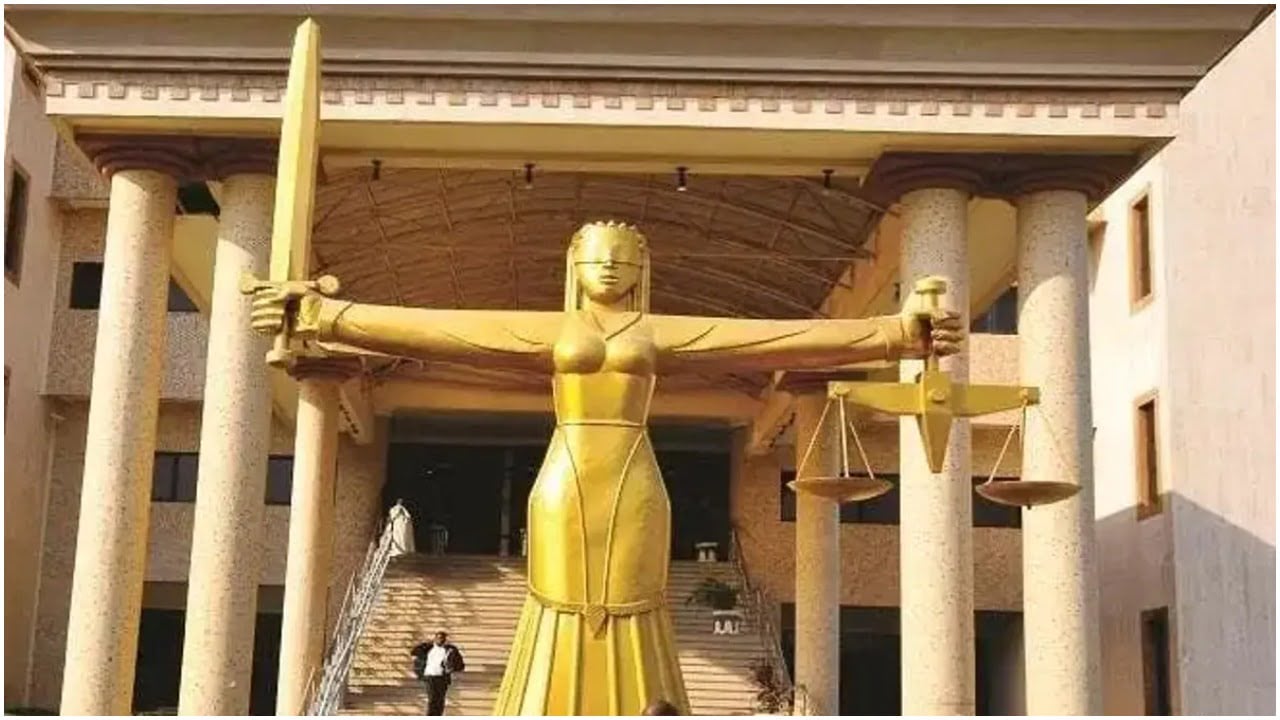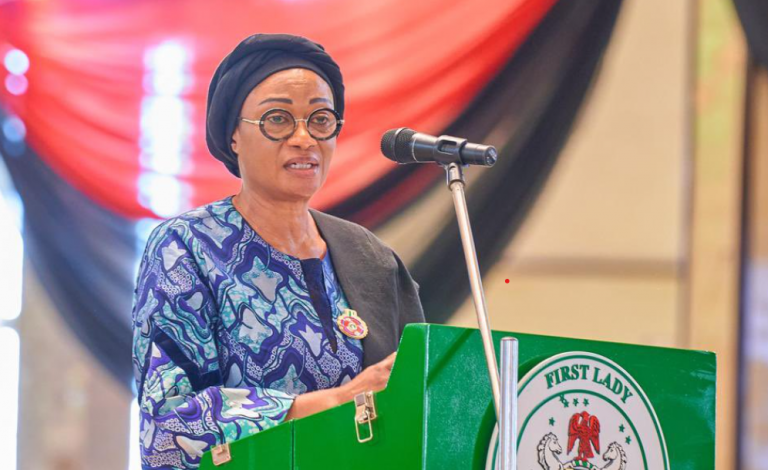
In Saudi Arabia, on Sunday, around two million Muslims participating in this year’s Hajj carried out the traditional stoning of the devil.
This marks the beginning of the Muslim world’s Eid el-Kabir celebrations and is one of the last events of the Muslim pilgrimage.
In Nigeria, Eid al-Kabir, known as Babbar Sallah in Hausa, is observed as a feast day honouring Prophet Ibrahim’s submission to divine command, particularly his willingness to offer his son Ismail as a sacrifice as required by Allah.
Muslims with means, in particular, celebrate the festival of sharing by purchasing, killing, and distributing meat to their neighbours.
One of the last rituals of the Hajj, which is one of the five pillars of Islam, is the stoning of the devil on Sunday at the sacred site.
More than 1.8 million pilgrims had gathered earlier on Saturday, June 15, on a holy hill in Mount Ararat outside of Mecca. By the evening, they had left the Mount to spend the night at a location known as Muzdalifa, where they gathered stones that they had used in the symbolic stoning of devil-representing pillars.
The pillars are located in Mina, a different hallowed location in Mecca, where Muslims hold that when God told Ibrahim to sacrifice his only son, Ismail, Ibrahim’s faith was put to the test.
Both the Quran and the Bible tell the story of Ibrahim (Abraham), who was ready to follow the command, but God prevented him from sacrificing Ismail (Issac in the Bible) and sent him a ram instead.
Over the next three days, pilgrims will travel great distances on pedestrian-only streets in Mina, Saudi Arabia, in order to toss seven pebbles at three pillars, symbolically casting away sin and evil.
They will travel to Mecca to do “tawaf,” which is a seven-times anticlockwise round of the Kaaba in the Grand Mosque while they are in Mina.
This would occur as the pilgrims are ready to depart the holy city and near the end of their journey.
Men usually shave their heads and take off the white clothes they wore on the pilgrimage after the Hajj.
Then, willing pilgrims depart from Mecca and travel to Medina to pray in the tomb of Prophet Muhammad, which is a portion of the prophet’s mosque—one of the three most sacred places in Islam.
According to Saudi Hajj and Umrah Minister Tawfiq bin Fawzan al-Rabiah, over 1.83 million Muslims are expected to conduct the Hajj in 2024.
Please don’t forget to “Allow the notification” so you will be the first to get our gist when we publish it.
Drop your comment in the section below, and don’t forget to share the post.







